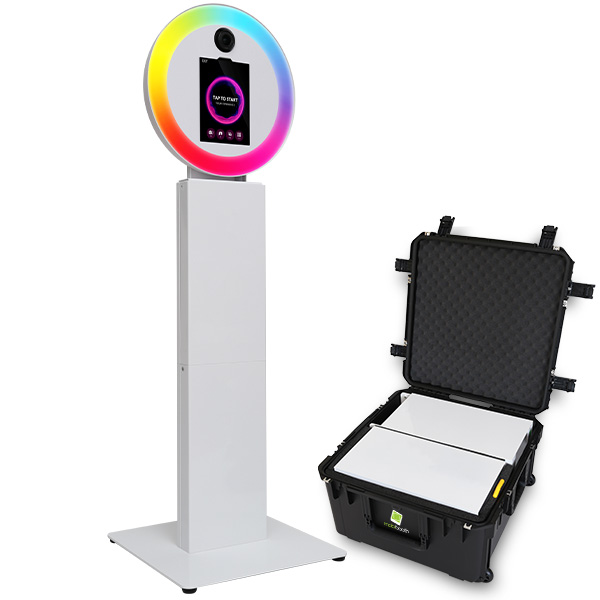CoachCare remote patient monitoring is redefining the healthcare industry. By integrating technology to monitor patients outside of traditional clinical settings, RPM not only delivers real-time insights but also empowers patients to take an active role in managing their health conditions. This innovative approach is gaining momentum as a key driver of patient engagement and compliance, ensuring better health outcomes for patients across various demographics.
Real-Time Insights for Better Decision-Making
The primary advantage of RPM is its ability to capture and transmit real-time health data, such as heart rate, blood pressure, blood glucose levels, and more. Patients no longer need to wait for their next doctor’s appointment to understand potential health red flags. This immediate feedback loop allows both patients and healthcare providers to make well-informed decisions faster, preventing minor issues from escalating into severe complications.
For example, studies indicate that RPM helps reduce hospital readmission rates by around 38%, thanks to early intervention driven by real-time monitoring tools.
Empowering Patients to Take Control
RPM fosters a culture of patient empowerment by encouraging individuals to engage with their health metrics regularly. Patients using RPM are more likely to develop a deeper understanding of their conditions, allowing them to make informed lifestyle adjustments, whether it’s modifying their diets, increasing physical activity, or taking medication as prescribed.
Research even shows that when patients are actively engaged, they are up to 69% more likely to adhere to prescribed treatment plans. This level of compliance not only improves individual health outcomes but can also reduce overall healthcare costs.
Bridging the Gap Between Patients and Providers
Another unique benefit of RPM is its ability to maintain seamless communication between healthcare providers and their patients. Regular feedback and check-ins through digital platforms ensure that patients feel supported, even from the comfort of their homes. This constant connection increases accountability, further enhancing treatment adherence and compliance.
Recent trends also show that close communication via RPM leads to a 25% improvement in engagement scores among patients managing chronic conditions like diabetes or hypertension.
A Game-Changer for Chronic Condition Monitoring
For people managing long-term conditions, RPM is becoming more than a convenience; it’s a necessity. Chronic diseases such as diabetes, cardiovascular problems, or respiratory conditions require continuous monitoring, which RPM ensures without the hassle of frequent hospital visits. Patients report increased satisfaction, and providers can efficiently allocate resources to those who need immediate attention, creating a win-win scenario.
Driving a Healthcare Revolution
Remote Patient Monitoring isn’t just a trend; it’s a transformation. By giving patients access to real-time data, empowering engagement, and fostering compliance, RPM is proving to be an indispensable tool in modern healthcare. With increased adoption, this technology has the potential to reshape patient-provider relationships globally, making healthcare more efficient, proactive, and impactful than ever before.



